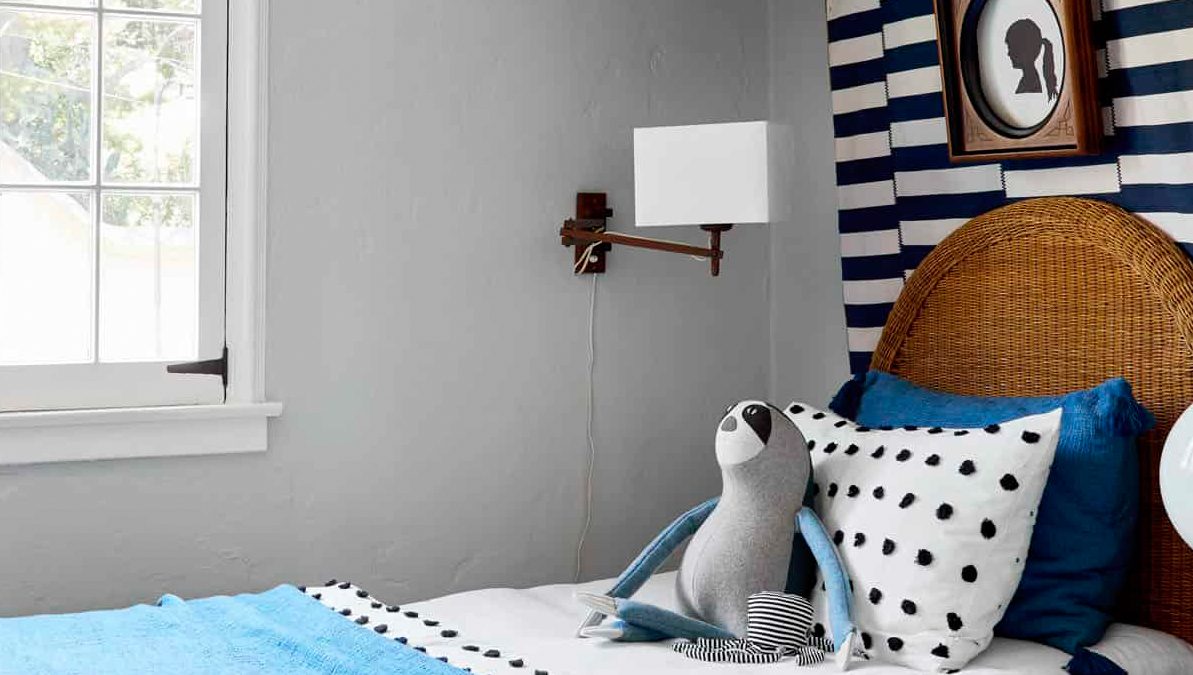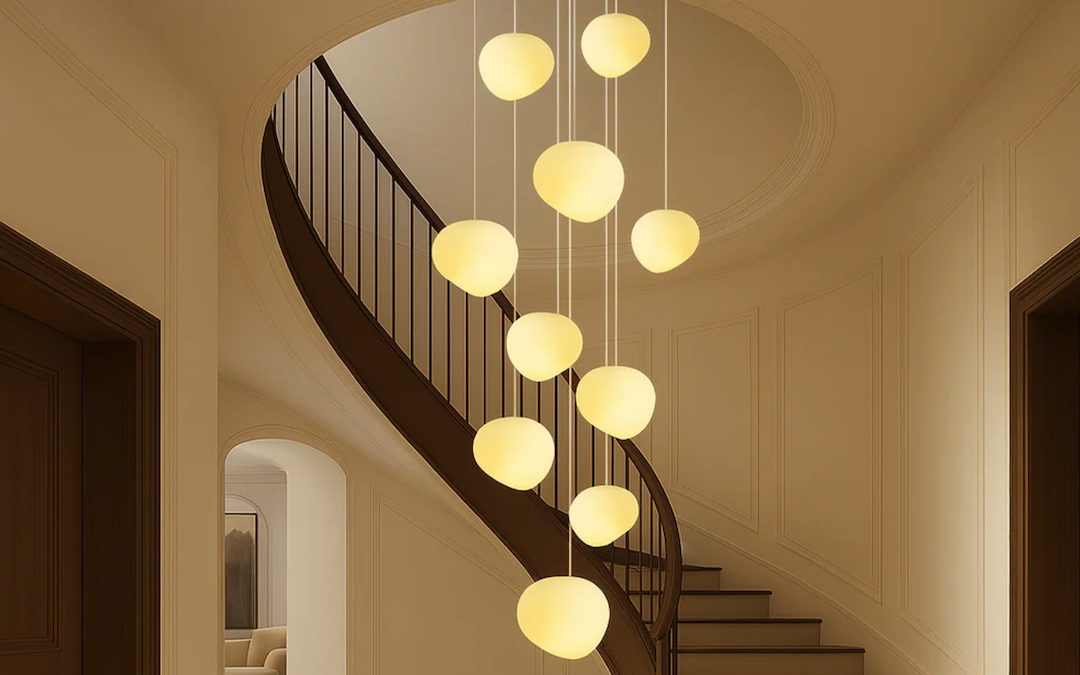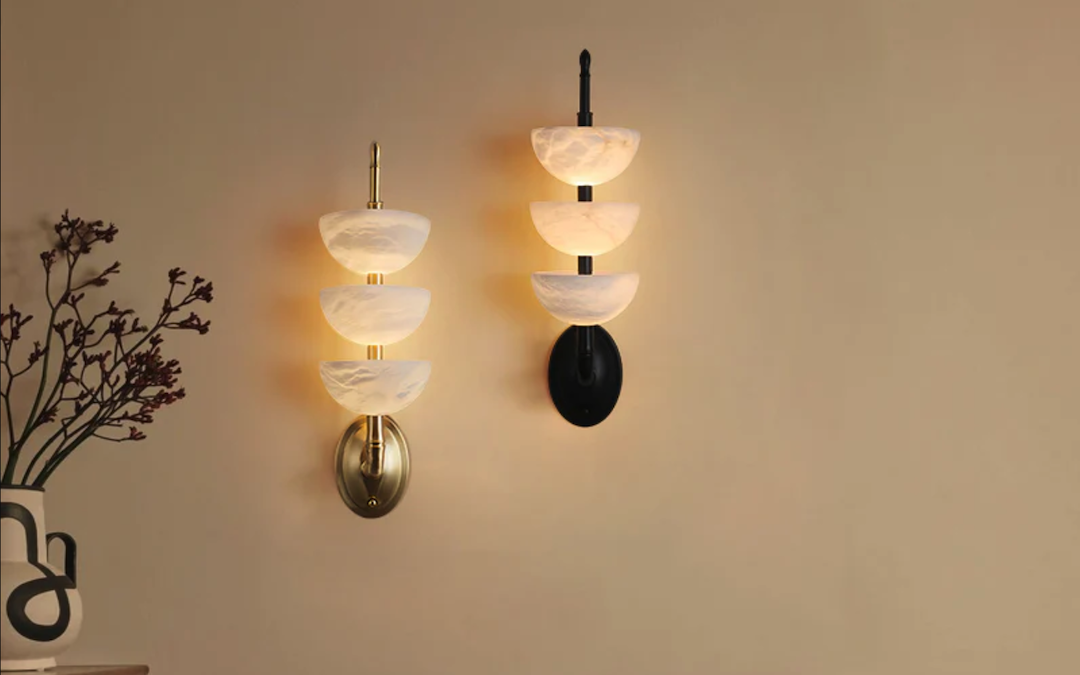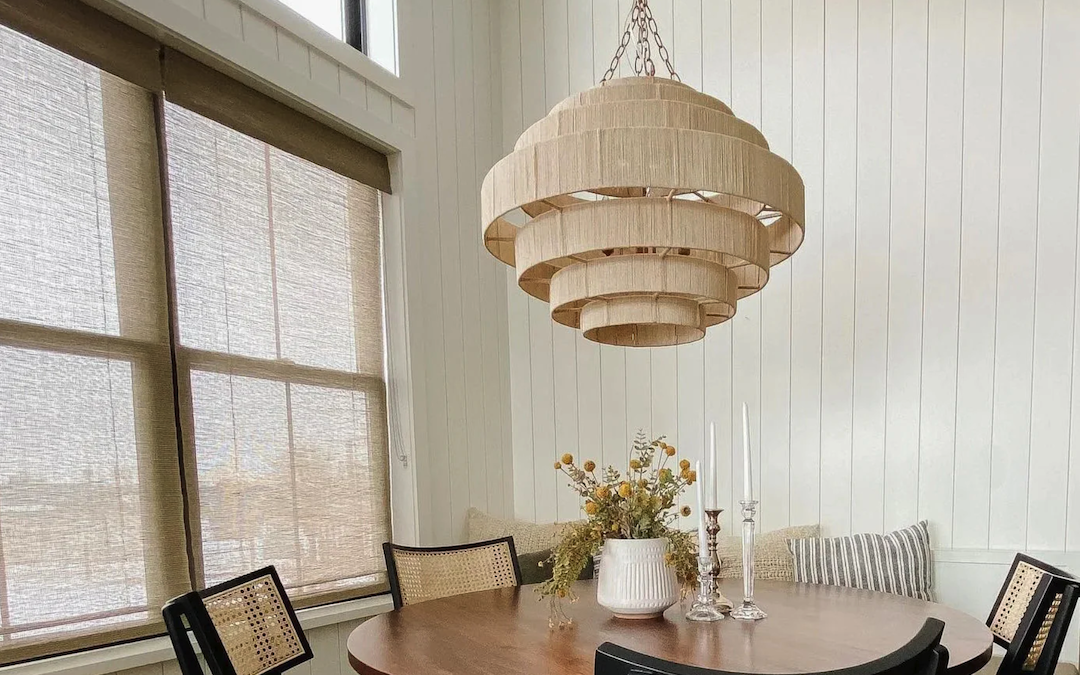
Shoji Lights: Illuminating the Beauty of Japanese Interior Design
Introduction
Shoji lights, also known as Japanese paper lanterns, are a key element in traditional Japanese interior design. These lights are made with a wooden frame and rice paper, and are often used to diffuse light and create a warm and inviting atmosphere. In this article, we will explore the history and design of shoji lights, as well as their role in contemporary interior design.
History of Shoji Lights
Shoji lights have been used in Japan for centuries as a way to illuminate traditional homes, temples, and gardens. The earliest known examples of shoji lights date back to the Nara period (710-794), when they were used to light Buddhist temples. By the Edo period (1603-1868), shoji lights had become a mainstay of Japanese domestic architecture, and were used in homes to create a soft, diffused light.
The design of shoji lights has remained relatively unchanged over the centuries. They are typically made with a wooden frame (usually made of bamboo or cedar) and rice paper, which is stretched across the frame and secured with glue or paste. The result is a lightweight, yet sturdy, light that radiates a warm and inviting glow.
Design of Shoji Lights
Shoji lights come in various shapes and sizes, from small table lamps to large ceiling fixtures. Some lights are designed to hang from the ceiling, while others are meant to be placed on tables, shelves, or other surfaces.
One of the most distinctive features of shoji lights is their use of rice paper. This paper is revered for its ability to diffuse light, creating a warm and inviting ambiance that is perfect for relaxing, entertaining, or meditating. Despite its delicate appearance, rice paper is surprisingly strong and can withstand regular use.
In addition to rice paper, shoji lights may also feature intricate wooden frames. These frames can be carved or painted with traditional Japanese motifs, such as cherry blossoms, dragons, or cranes. This adds an additional layer of visual interest to the light and makes it a work of art in its own right.
Contemporary Use of Shoji Lights
While shoji lights are still commonly used in traditional Japanese architecture, they have also found a place in contemporary interior design. Many designers are drawn to the subtle beauty and warmth of shoji lights, and have found ways to incorporate them into modern spaces.
One popular use of shoji lights is as a decorative accent in living rooms, bedrooms, and other living spaces. They can be used as standalone pieces, or can be combined with other lighting fixtures to create a layered illumination scheme. When used in conjunction with other lights, shoji lights can help to create a sense of depth and nuance, making the space feel more dynamic and inviting.
Another way in which shoji lights are used in contemporary interior design is as a way to imbue a space with a sense of calm and relaxation. Many people find the soft, diffused light of shoji lights to be soothing and meditative, and thus they are often used in spaces devoted to relaxation, such as meditation rooms or yoga studios.



